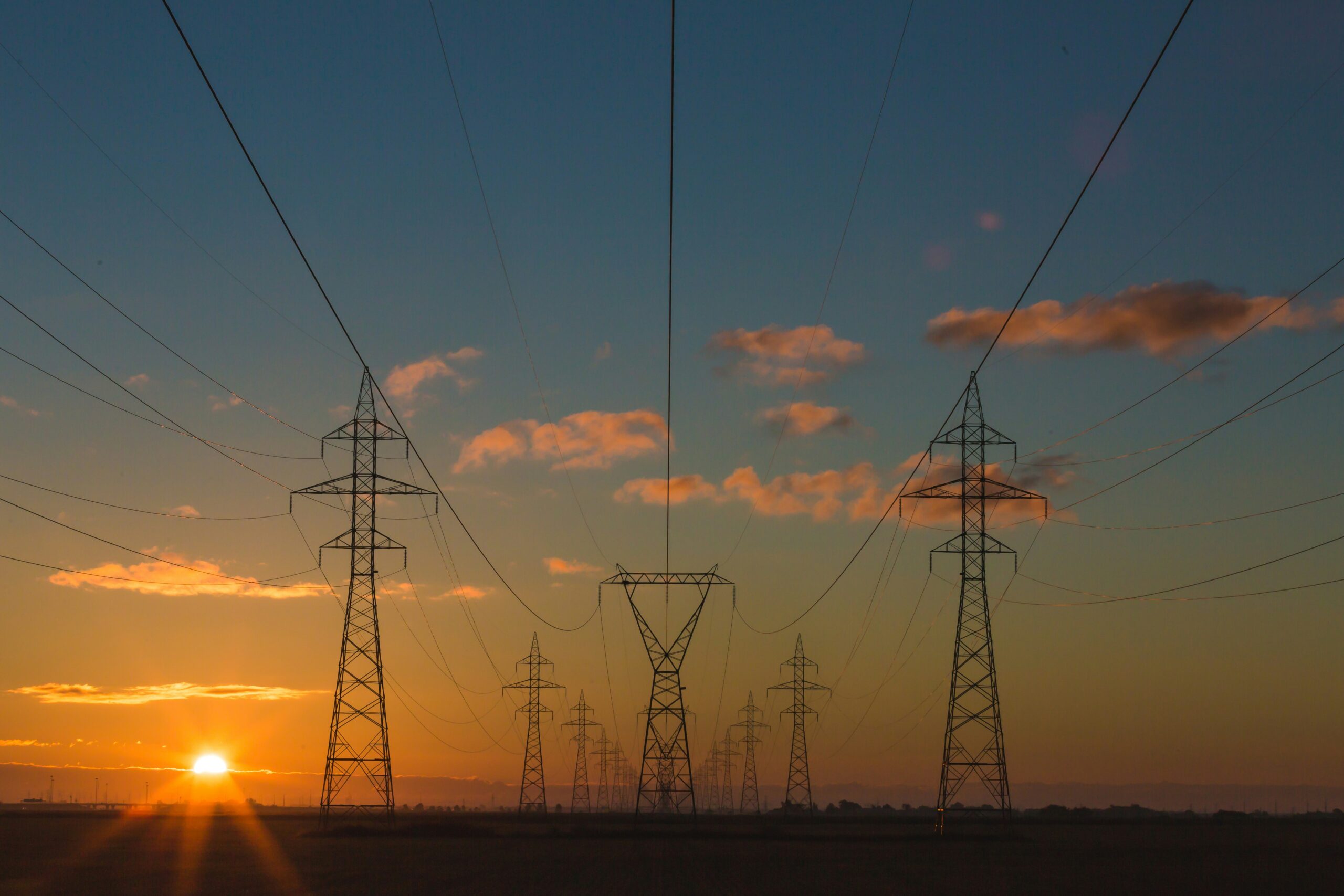Introduction
Reducing energy consumption in your home not only helps the environment but also saves you money on utility bills. By adopting some simple habits and making a few changes around the house, you can significantly reduce your energy usage. In this article, we will explore some practical tips to help you use less energy in your home.
1. Upgrade to Energy-Efficient Appliances
Older appliances tend to use more energy than their modern, energy-efficient counterparts. Consider upgrading to appliances with an Energy Star rating, which indicates that they meet strict energy efficiency guidelines. Energy-efficient appliances not only consume less electricity but also perform better and last longer.
2. Unplug Electronics When Not in Use
Many electronic devices continue to draw power even when they are turned off. This is known as standby power or vampire power. To eliminate this unnecessary energy drain, unplug electronics such as televisions, computers, and chargers when they are not in use. Alternatively, you can use power strips with built-in switches to easily turn off multiple devices at once.
3. Optimize Your Lighting
Switching to energy-efficient light bulbs, such as LED or CFL bulbs, can significantly reduce your energy consumption. These bulbs use less electricity and last much longer than traditional incandescent bulbs. Additionally, make it a habit to turn off lights when you leave a room, and make the most of natural daylight whenever possible.
4. Adjust Your Thermostat
Heating and cooling account for a significant portion of a home’s energy usage. Lowering your thermostat in the winter and raising it in the summer by just a few degrees can make a noticeable difference. Consider installing a programmable thermostat to automatically adjust the temperature based on your schedule, ensuring optimal comfort and energy savings.
5. Insulate Your Home
Poor insulation can lead to significant energy loss. Make sure your home is properly insulated to prevent drafts and maintain a comfortable indoor temperature. Insulating your walls, attic, and windows can help reduce the need for excessive heating or cooling, ultimately reducing your energy consumption.
6. Use Energy-Saving Power Strips
Power strips with built-in energy-saving features can help reduce standby power consumption. These smart power strips automatically turn off power to devices that are not in use, eliminating wasted energy. They are particularly useful for devices that are difficult to unplug, such as entertainment systems or computer setups.
7. Air Dry Your Clothes
Using a clothesline or drying rack instead of a dryer can significantly reduce energy usage. Whenever possible, opt for air drying your clothes to save electricity and prolong the lifespan of your garments. If you prefer using a dryer, make sure to clean the lint filter regularly to improve its efficiency.
8. Seal Leaks and Drafts
Identify and seal any air leaks or drafts in your home to prevent energy loss. Common areas to check include windows, doors, and electrical outlets. Weatherstripping and caulking are cost-effective solutions that can help improve insulation and reduce energy waste.
9. Use Energy-Efficient Water Heating
Water heating is another significant contributor to energy consumption in the home. Lowering the temperature on your water heater and insulating the hot water pipes can help reduce energy usage. Consider using low-flow showerheads and faucets to further conserve hot water.
10. Educate Your Household
Encourage your household members to adopt energy-saving habits. Simple actions such as turning off lights when leaving a room, taking shorter showers, and using appliances mindfully can collectively make a big difference in reducing energy consumption.
Conclusion
Reducing energy consumption in your home is not only good for the environment but also beneficial for your wallet. By implementing these tips and making small changes to your daily routines, you can significantly decrease your energy usage and contribute to a greener future.

